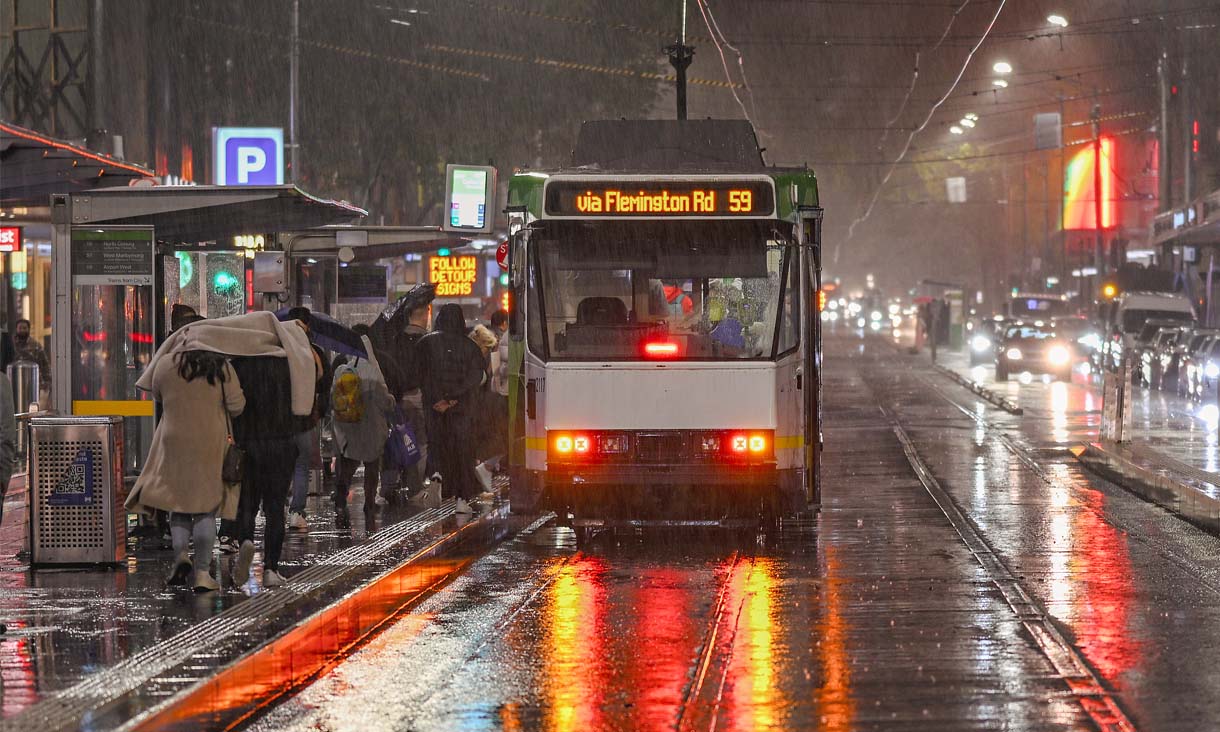A new report released today from researchers at RMIT, Curtin and Swinburne Universities, undertaken for AHURI, shows contemporary policy-making is not geared toward innovation resulting in significant opportunity costs for the nation.
Innovative responses to urban transportation: current practice in Australian cities highlights that a more “mission-oriented” approach is needed with greater government impetus to drive transport innovation and collaboration between cross-sectoral stakeholders.
Lead researcher, Professor Jago Dodson of RMIT University, said Australian transport policy was not currently well positioned to proactively support and enable innovation.
“The operationalising of transport innovations in Australia suffers from excessive reliance on market processes and insufficient government leadership,” Dodson said.
“Governments tend to let market actors initiate innovations and then follow behind with regulatory coordination. Government needs to offer greater leadership in transport innovation systems.
“One example highlighted in our research is the question of road-user charging and patchy implementation of maximum parking ratios.
“Road-user charging will emerge as a critical issue as we transition to electric vehicles (EVs) and autonomous vehicles (AVs). EVs will erode fuel excise revenues, and without road-user charging there is likely to be less shared use of AV fleets.
“The failure to recover infrastructure costs through ‘land-value capture’ is another symptom of this underlying governance problem.
“One of the biggest challenges is ‘disrupting’ the private car ownership model by improving access to services and public transport, as well as pursuing more active travel strategies.
“As Australian cities continue to grow, innovation in transport is increasingly critical to reducing emissions and congestion, increasing efficiency and productivity, as well as achieving greater accessibility and social equity.
“We need to urgently move on from practices set in the late-1990s with policy discussions about transport innovation in Australia that focus predominantly on current - rather than emerging - transport modes and on land-use planning to facilitate sustainable transport.
“Governments have tended to take a market-driven approach in Australia that relies on business to identify innovation and bring them to market and then see if they will be adopted by users.
“This means not only does the private sector bear most of the risk, but governments have to then retrofit policy and regulatory solutions around emerging technologies.
“If Australia is going to capture the benefits new and emerging transport technologies can offer then we need governments to become more involved as a shaper of transport innovation ecosystems and in planning how they can integrate into transport systems.”
However, the report identifies some instances of a more strategic approach to transport innovation emerging in Australia including, new airport lines in Perth and Melbourne that seek to develop orbital lines and recognise the need for an integrated public transport network.
Sydney’s Future transport strategy and Melbourne’s Simple, connected journeys are also cited as innovative policy bundles in relation to public transport line capacity, system reliability and accessibility to people of different ages and abilities. These innovations are underpinned by advances in computer technology - such as line automation - and informed by inclusive design principles.
“Our research found that while there are many opportunities to better foster and respond to innovations, the Australian urban transport sector lacks a coherent overarching framework for an innovation system, despite regular references to innovation in policies and government statements,” Dodson said.
“We need a national sectoral conversation that draws together academic researchers with diverse private, government and community stakeholders, around genuinely innovative collaborative practices for innovation.
“Currently, no vehicle for such a discussion exists and in the absence of innovative leadership, it is likely that business as usual will prevail with high opportunity cost.”
This research will be further explored at AHURI’s “Uncharted urban futures: Australian cities post-pandemic” conference being held on 18 November 2021.
The report can be downloaded from the AHURI website at https://www.ahuri.edu.au/research/final-reports/360





